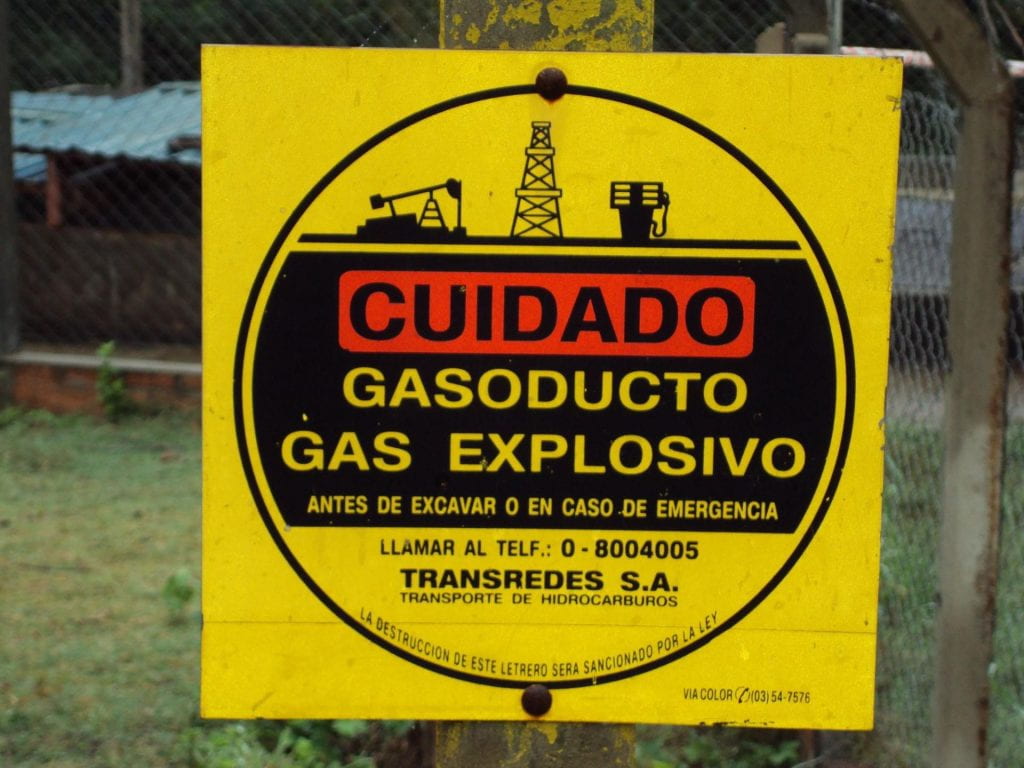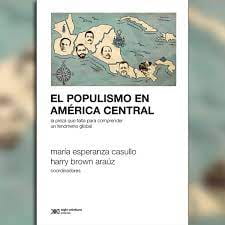Bolivian Resource Politics
Gas and Beyond
Gas is at the center of these national resource struggles. The demand for the nationalization of gas was central in the “Gas War” that led to the ouster of the free-market regime of Gonzalo Sánchez de Lozada in 2003. Embracing this popular demand, Evo Morales and the MAS surged to the fore in 2005 and began to roll back free-market neoliberalism and move toward state-led development. Yet despite the shrill cries of conservatives, Bolivia’s was a modest nationalization. The government did not expropriate foreign firms, but pushed for a renegotiation of contracts. This brought royalty rates into line with global norms. After recouping their expenses, multinational companies now transfer higher percentages of gas rents to the state. Bolivia is attempting to rebuild its state oil and gas company, YPFB, yet dependence on foreign capital and technology means that multinational firms remain as central actors. Contrary to arguments that nationalization would lead to divestment, multinational firms continue to flock eagerly to Bolivia to dig holes in pursuit of resource wealth.
On the social side, the era of gas has led to new anti-poverty efforts. Cash transfer programs—modest measures embraced by entities like the World Bank—now use gas revenues to make periodic payments to the elderly and schoolchildren and to encourage neo- and post-natal care for expectant mothers. Regional governments in gas-rich regions that receive higher royalty percentages have launched their own social programs. For instance, in Tarija, the governor instituted regional health insurance, plans for urgent employment that pay rural communities to work on local infrastructure or agricultural projects, and food supplements for the elderly. Urban households have seen increased installation of domestic gas lines. This is a much desired shift in a country where trucks historically cruised through neighborhoods to deliver garrafas (LPG tanks), and insecurity of supply was a constant concern. Automobiles are being refitted to burn natural gas and taxi drivers now reflect on the comparative benefits of natural gas (cheaper and good for daytime use) to gasoline (better for evening driving and cleaning out the carburetor). While significant, these policies to promote domestic consumption do not radically transform the underlying structure of a narrow-based export economy.
Gas also brings risks that the practice of politics is overwhelmed by fights over gas rents. This rentier logic pervades political discourse, as different groups (regional and municipal governments, indigenous peoples, the military, the state oil company) argue about their rights to “percentages” (porcentajes) of gas royalties. This has paralleled the intensification of regionalism in the east—tinged with anti-indigenous racism—in opposition to national citizenship and the indigenous resurgence. Indigenous peoples clamor for rights to consultation, compensation and a voice in deciding whether and how extractive economies proceed in their territories. The public debate also raises the question of whether Bolivia might add value to its gas through industrialization, but the political immediacy of gas struggles and the national priority to capitalize the state through gas revenues tends to overwhelm long term planning.
In places like Guarani country, the apparent wealth generated by gas is juxtaposed against the ongoing poverty of rural peoples in a state and economy that are still heavily “colonial” in structure. Gas concentrates wealth in urban centers, without radically transforming rural lives. The government has embraced talk of a plurinational state and decolonization, but for peoples like the Guarani, rural poverty persists alongside the fenced off enclaves of Petrobras and Repsol. The establishment of an Indigenous Development Fund that receives its own percentage has not yet made a substantive difference. As Guarani say, “We live on top of the gas, but we still cook with firewood, our schools are a disaster, and our territories are still occupied by others.”
On a national level, Bolivia is experiencing contradictions shared by other exporters of energy resources, which often subsidize importation and internal consumption of fuels like gasoline, diesel fuel and liquified petroleum gas (LPG), products for which Bolivia lacks sufficient refining and separation capacity (for condensing liquid fuels from gas). Subsidized LPG is smuggled to Peru and sold for profit, leading to gas shortages in a gas-rich country. In addition, last December the government tried to encourage foreign companies to extract and refine more oil by reducing subsidies on gasoline. This gasolinazo would have raised fuel prices by 80%. It was met with mass protest that almost toppled Evo, and the government beat a rapid retreat, especially since many of the protesters came from his support base.
Many indigenous movements are avid MAS supporters, but tensions are increasing between those who seek wholesale extraction and those who prioritize indigenous rights. Pressures to allow access to foreign companies have created new challenges for indigenous organizations. Mining generates conflicts between local communities and the state in the high Andes. Steel production in the east has mobilized conflicts between indigenous organizations and regional elites. Hydroelectric projects promoted by Brazil on Bolivia’s northeast frontier are opposed by environmentalists and local peoples. Oil development in the Amazon creates friction as well. Brazil has also promoted new highway projects in Bolivia that transect indigenous territories and are seen as grave threats by indigenous peoples. This is all paradoxical, given the expectations that Evo Morales’ election would lead to more robust indigenous rights. For indigenous movements, the struggle continues.
From the birds’-eye view, other processes may overwhelm the aspirations of Bolivians to pursue a new economic model. Powerful consumer countries see Bolivia as a provider country and a transit corridor. Historically the United States has been the imperialist du jour, but Brazil is now invoked as the new empire. Brazil suggests that its growth helps Bolivia, but current trends primarily favor capital accumulation in Brazil. The rise of the global south and the turn away from free-market piracy toward state-led redistributive economies is certainly promising. Yet the new “extractivism” has yet to come to terms with its own colonial roots, and the effects fall heavily on peoples cursed by the geological history under their lands. Rural peoples and environments have long been sacrificed in the name of national progress. Whether the new era will mark a change remains to be seen.
Related Articles
A Review of Alberto Edwards: Profeta de la dictadura en Chile by Rafael Sagredo Baeza
Chile is often cited as a country of strong democratic traditions and institutions. They can be broken, however, as shown by the notorious civil-military dictatorship of Augusto Pinochet (1973-1990). And yet, even a cursory view of the nation’s history shows persistent authoritarian tendencies.
A Review of Born in Blood and Fire
The fourth edition of Born in Blood and Fire is a concise yet comprehensive account of the intriguing history of Latin America and will be followed this year by a fifth edition.
A Review of El populismo en América Latina. La pieza que falta para comprender un fenómeno global
In 1946, during a campaign event in Argentina, then-candidate for president Juan Domingo Perón formulated a slogan, “Braden or Perón,” with which he could effectively discredit his opponents and position himself as a defender of national dignity against a foreign power.





